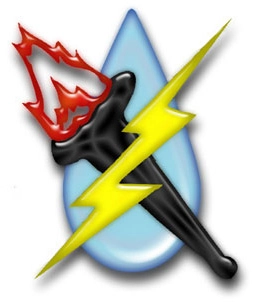The traditional name for this community is Ukpiagvik (“place for hunting owls”). But a British sailing officer named Beechey on a surveying expedition in 1825-26 named the place after Sir John Barrow of the British Admiralty, and the name on the subsequently printed maps prevailed. Barrow is the northernmost community in America and is located on the Chukchi Sea coast. It lies 330 miles north of the Arctic Circle and 725 air miles from Anchorage.
CLIMATE
The climate of Barrow is arctic. Precipitation is light, averaging 5 inches per year, with annual snowfall of 20 inches. Temperatures range from -56F to 78F, the daily low temperature is below freezing 324 days of the year. Prevailing winds are easterly and average 12 MPH. The sun does not set between May 10th and August 2nd each summer, and does not rise between November 18th and January 24th each winter.
HISTORY
Archaeological sites in the area indicate habitation from 500 to 900 A.D. Inupiat traditionally depended on subsistence marine mammal ​hunting, supplemented by inland hunting and fishing.
Archaeological remains of sixteen dwelling mounds from the Birnirk culture exist today. In 1881, the U.S. Army established a meteorological and magnetic research station near Barrow.
The Cape Smythe Whaling and Trading Station was constructed here in 1893. A Presbyterian Church was established in 1899, and a post office was opened in 1901. The City was incorporated in 1958, formation of the North Slope Borough in 1972.
Arctic Slope Regional Corporation, and construction of the Prudhoe Bay oil fields and Trans-Alaska Pipeline, have each contributed to the development of Barrow.
CULTURE AND ECONOMY
64% of the population are Alaska Native or part Native. The majority of residents are Inupiat Eskimos. Traditional marine mammal hunts and other subsistence practices are an active part of the culture. Bowhead, gray, killer and beluga whales migrate near Barrow each summer. Barrow is the economic center of the North Slope Borough, the city’s primary employer, and numerous businesses provide support services to oil field operations. State and federal agencies also provide employment. The midnight sun has attracted tourism, and arts and crafts provide some cash income. Many residents still pursue traditional food sources: whale, seal, polar bear, walrus, duck and caribou. Grayling and whitefish are harvested from the coast or nearby rivers and lakes.

